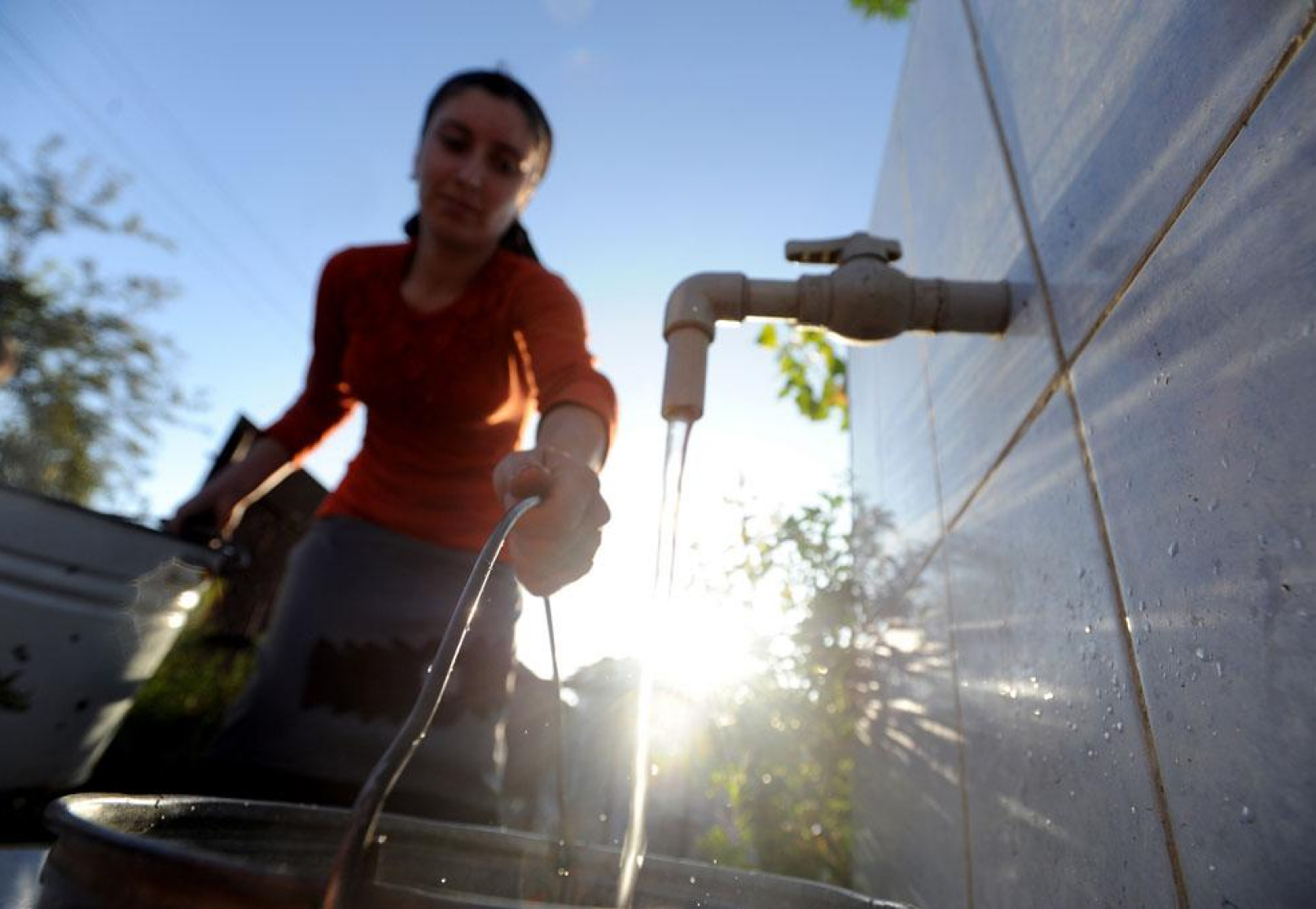On 28 July 2022, the UN General Assembly adopted a landmark resolution recognizing the human right to a healthy environment.

The GA resolution on the right to a healthy environment was the result of many years of advocacy and collaboration by national human rights institutions, civil society organizations, Indigenous Peoples, children and young people, and States, among others.
The right to a clean, healthy and sustainable environment
All people have the right to a clean, healthy and sustainable environment. As human rights and the environment are interdependent, a clean, healthy and sustainable environment is necessary for the full enjoyment of a wide range of human rights, such as the rights to life, health, food, water and sanitation and development, among others.
At the same time, the enjoyment of all human rights, including the rights to information, participation and access to justice, is of great importance to the protection of the environment.
Despite myriad international agreements, as well as national laws and policies, the condition of our environment keeps deteriorating. The global crises we currently face, including climate change, the loss of biodiversity, and pollution, represent some of the biggest threats to humanity, severely affecting the exercise and enjoyment of human rights.
The elements of the right to a healthy environment
While there is not a universally agreed definition of the right to a healthy environment, the right is generally understood to include substantive and procedural elements. The substantive elements include clean air; a safe and stable climate; access to safe water and adequate sanitation; healthy and sustainably produced food; non-toxic environments in which to live, work, study and play; and healthy biodiversity and ecosystems.
The procedural elements include access to information, the right to participate in decision-making, and access to justice and effective remedies, including the secure exercise of these rights free from reprisals and retaliation. Realizing the right to a healthy environment also requires international cooperation, solidarity and equity in environmental action, including resource mobilization, as well as recognition of extraterritorial jurisdiction over human rights harms caused by environmental degradation.
What are the implications of the recognition of the right to a healthy environment for people and the planet?
- Increased understanding of how environmental degradation threatens the enjoyment of all human rights and how the exercise of human rights contributes to better environmental protection – a virtuous cycle.
- Increased legal acknowledgement of the right in countries that do not recognize the right yet– for instance, presenting a starting point for constitutional and/or legislative reform to recognize this right.
- Increased awareness of the need to address the environment at the societal level.
- Strengthened implementation and enforcement in countries where the right is already recognized.
- Enhancement of the enjoyment of rights holders, and the accountability of duty bearers to respect, protect and fulfill the right to a healthy environment; for example, the right to a healthy environment can serve as an additional legal basis or reference for environmental-related cases in national and international courts and tribunals.
- Strengthened mechanisms to guarantee the protection of environmental human rights defenders.
- Enhanced responsibilities for the private sector to respect the human right to a healthy environment including throughout their supply chains and human rights due diligence.
- Increased support for an enhanced, integrated response to the triple planetary crisis by States and the UN system.
- Promotion of the free, active and meaningful participation of the public and affected populations in issues related to a right to the healthy environment.
To know more about The Right to a Healthy Environment visit this Information Note prepared by UN.







